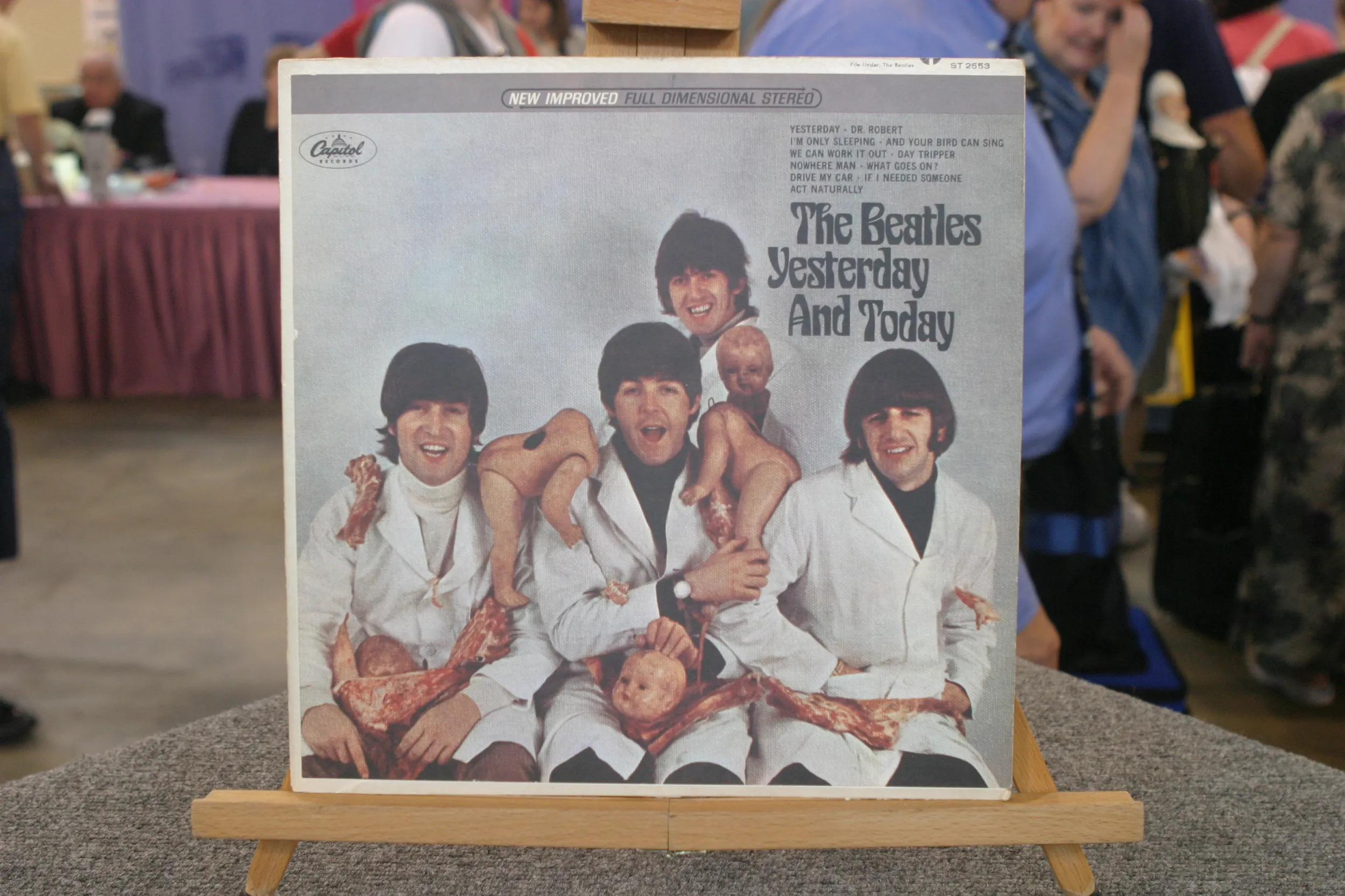Watson & Crick-signed Double Helix Books
GUEST: Originally, I got a three-volume set of these Nature volumes. I got this one along with it. This was one I was originally interested in, but...
APPRAISER: You kind of put that in.
GUEST: This one is much more my favorite, being a scientist.
APPRAISER: Yeah, so it's a package kind of...
GUEST: It was a package deal. About $10,000, I would say.
APPRAISER: About $10,000? What you brought is a journal that includes a paper from April 25, 1953. A very important date to somebody like yourself, who I learned is a molecular biologist, done some study in that field.
GUEST: What we have is the actual journal, as scientists would have beheld it, that's signed by Dr. James Watson, and the discovery of the double helix.
APPRAISER: Exactly.
GUEST: And back in Britain, when they did this, it was very, very controversial at first. But this simple paper changed the world.
APPRAISER: This is a volume, it has multiple papers from each issue of the magazine Nature. April 25, 1953, it's just a page, and on the back is a little bit more, and that's it. The beginning of it is just so amazing. "We wish to suggest a structure." So what we have here is really one of the most important scientific papers ever published. This is the journal issue, we would call it, from a book point of view.
GUEST: Yes.
APPRAISER: As opposed to the off-print issue, which would have been maybe given out before it was bound and published and sent out. So this is the transmission of one of the greatest discoveries in all science. Watson and Crick came up with the structure of the DNA. They didn't discover DNA, that's kind of the mistake that a lot of people think. Watson and Crick discovered the structure, and that double helix shape is kind of forever they're associated with. But what's special about it is this very distinctive hand. I've seen it before many a time. It's the very simple hand of Jim Watson, Dr. James Watson. And you had him sign this, is that correct?
GUEST: I did. We were actually at a conference, and I gave him some beer to sign it. So evolution amber.
APPRAISER: You bribed him.
GUEST: He loved it.
APPRAISER: And it worked.
GUEST: Yeah. He would have signed it without the beer.
APPRAISER: Now over here we said the double helix is the structure. Jim Watson in 1968 wrote about the exciting discovery, and it really was a race to the discovery of DNA.
GUEST: It was amazing.
APPRAISER: It was an amazing book. The book is one of the most popular and famous books about a scientific discovery. And you have a nice copy, in its dust jacket, and here you've got it signed by the author, James D. Watson. Also it's signed by his partner, Francis Crick.
GUEST: Yup.
APPRAISER: Who had an on-again, off-again association after their discovery. That's special. How did you come to this?
GUEST: This particular copy I actually bought, but it was incomplete because I needed Dr. Watson's signature on the other page, which is signed.
APPRAISER: Yeah, which is really nice because back here is a picture of the two.
GUEST: That's a classic.
APPRAISER: That's a classic photo of them at Cambridge, with the structure behind them. Here's Crick, here's Watson-- young Watson, he's 24 years old-- looking up at their discovery. It's signed by Francis Crick, you said, and then you had it signed?
GUEST: I had Dr. Watson sign that one again.
APPRAISER: What you did was you completed it, and you did balance it out. It seemed asymmetrical to me. Yeah, literally to have them both there in front of that iconic image is in itself quite a valuable little piece there. A fine copy and dust jacket of The Double Helix. I've seen them retailing $1,000, something like that. Signed by Crick is unusual because it's a book by Watson. Signed by them both, Crick has passed away since '04. Watson is still with us, thankfully. What you've got here is a book now that's been elevated to, I would say, an auction estimate, now this is going to be somewhat conservative, we'd put $6,000 to $8,000 as an auction estimate on that.
GUEST: Wow, that's amazing.
APPRAISER: Now, this journal, it's interesting because the other form, when it comes out separate, signed by both, has sold for as much as $30,000 for the off-print.
GUEST: Sure.
APPRAISER: I, like you, appreciate the journal issue. It's not signed by Crick, unfortunately.
GUEST: Right.
APPRAISER: That would be nice. But signed by Watson, I still think the journal issue of that would be in that same $5,000 to $7,000 auction estimate.
GUEST: Oh.
APPRAISER: Maybe $6,000 to $8,000. I mean it's fantastic. Not bad for an old library book. At the auction market, material like DNA has just risen dramatically.
GUEST: Really?
APPRAISER: We sold a letter from Crick to his son, his 13-year-old son, three years ago.
GUEST: Sure.
APPRAISER: That letter went for over $5 million, and he was outlining the discovery before it was published in Nature.
GUEST: Wow.
APPRAISER: For insurance, you're looking at at least a $20,000 value to insure the both of them.
GUEST: Great.

$11,000 Auction
$20,000 Insurance
Salt Lake City, UT (2016)
Featured In
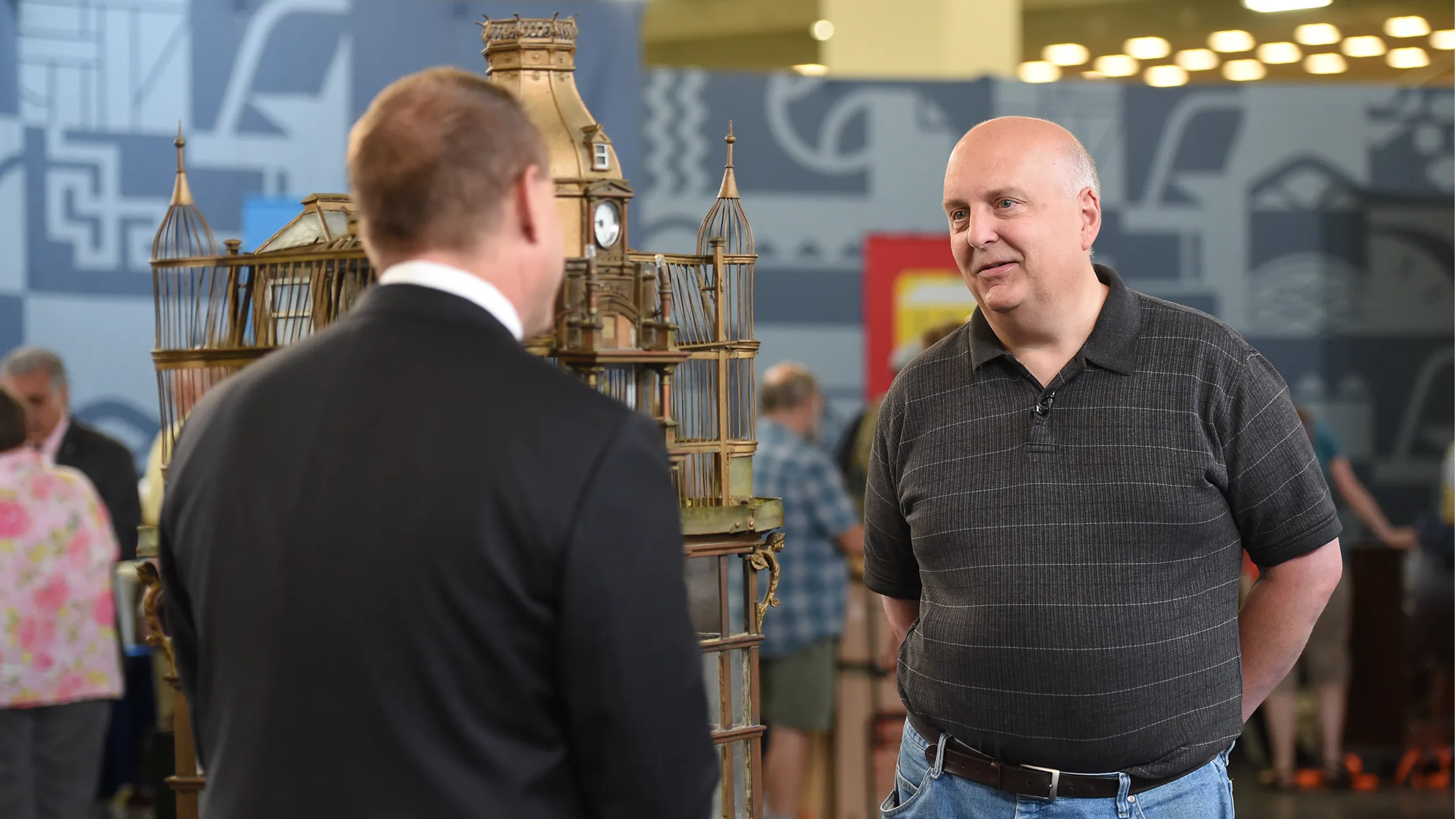
episode
Salt Lake City, Hour 3 (2017)
Watson & Crick-signed books, Art Deco jewelry, a Japanese Arita vase. Guess the top find!
1960s
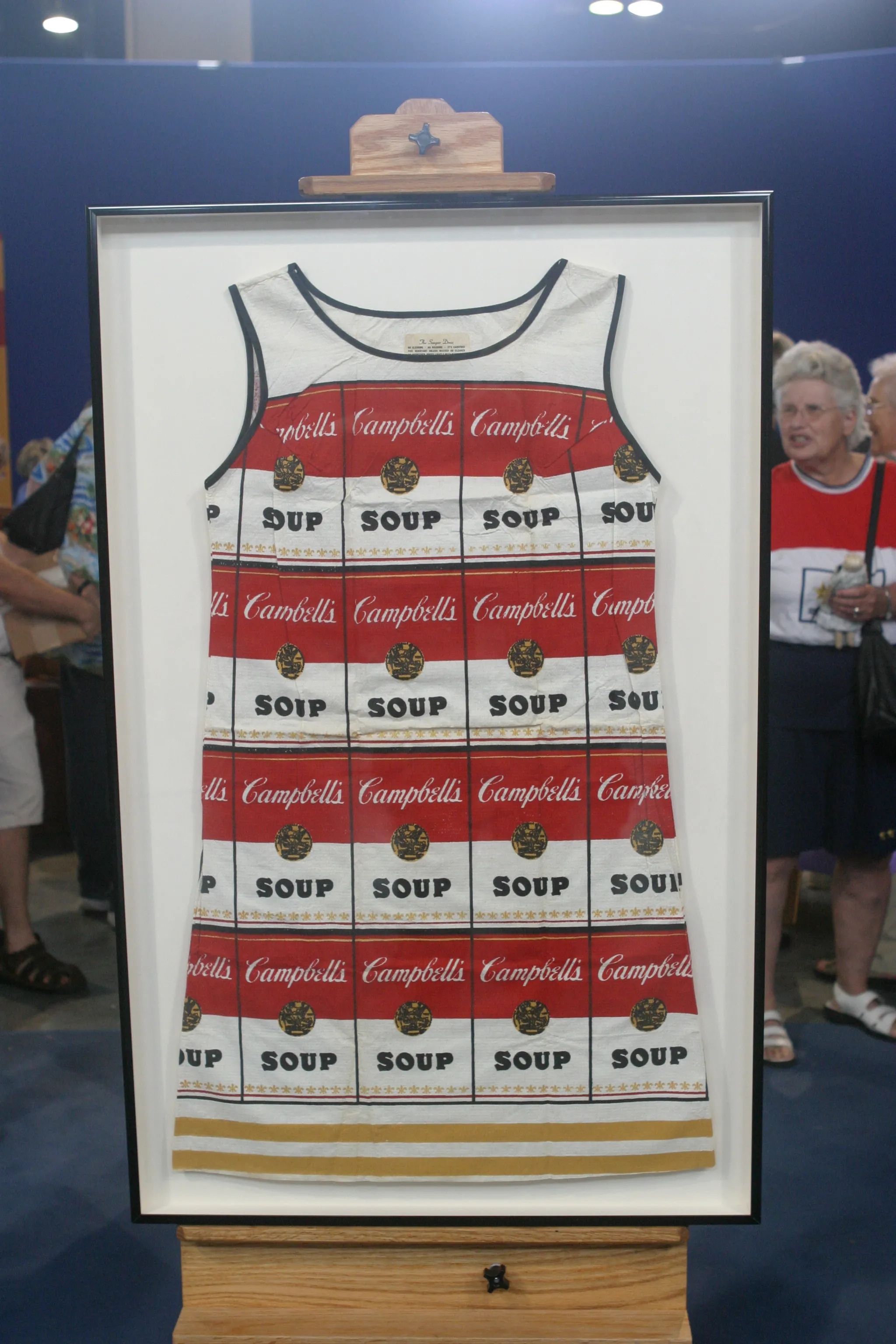
appraisal
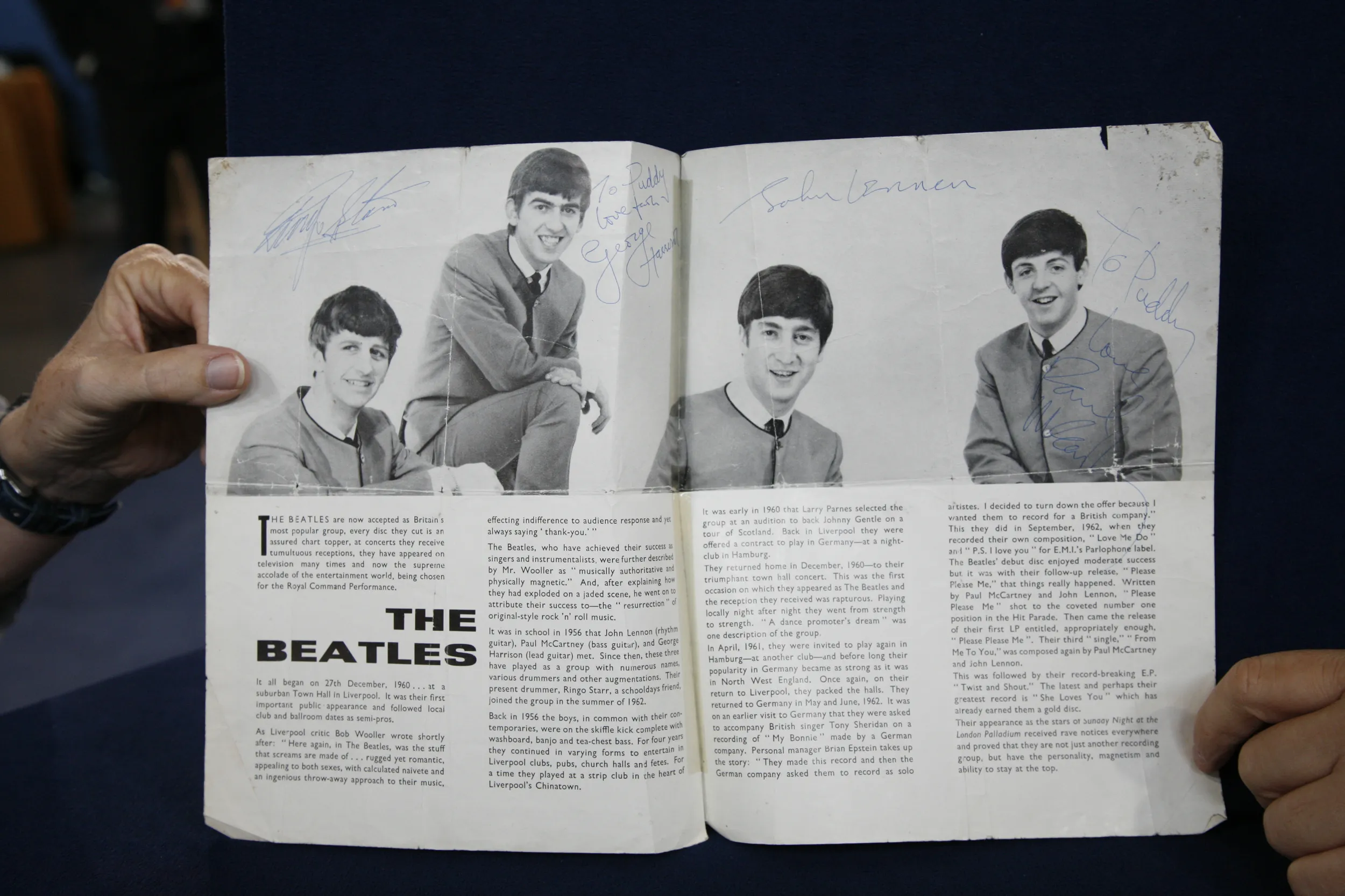
appraisal
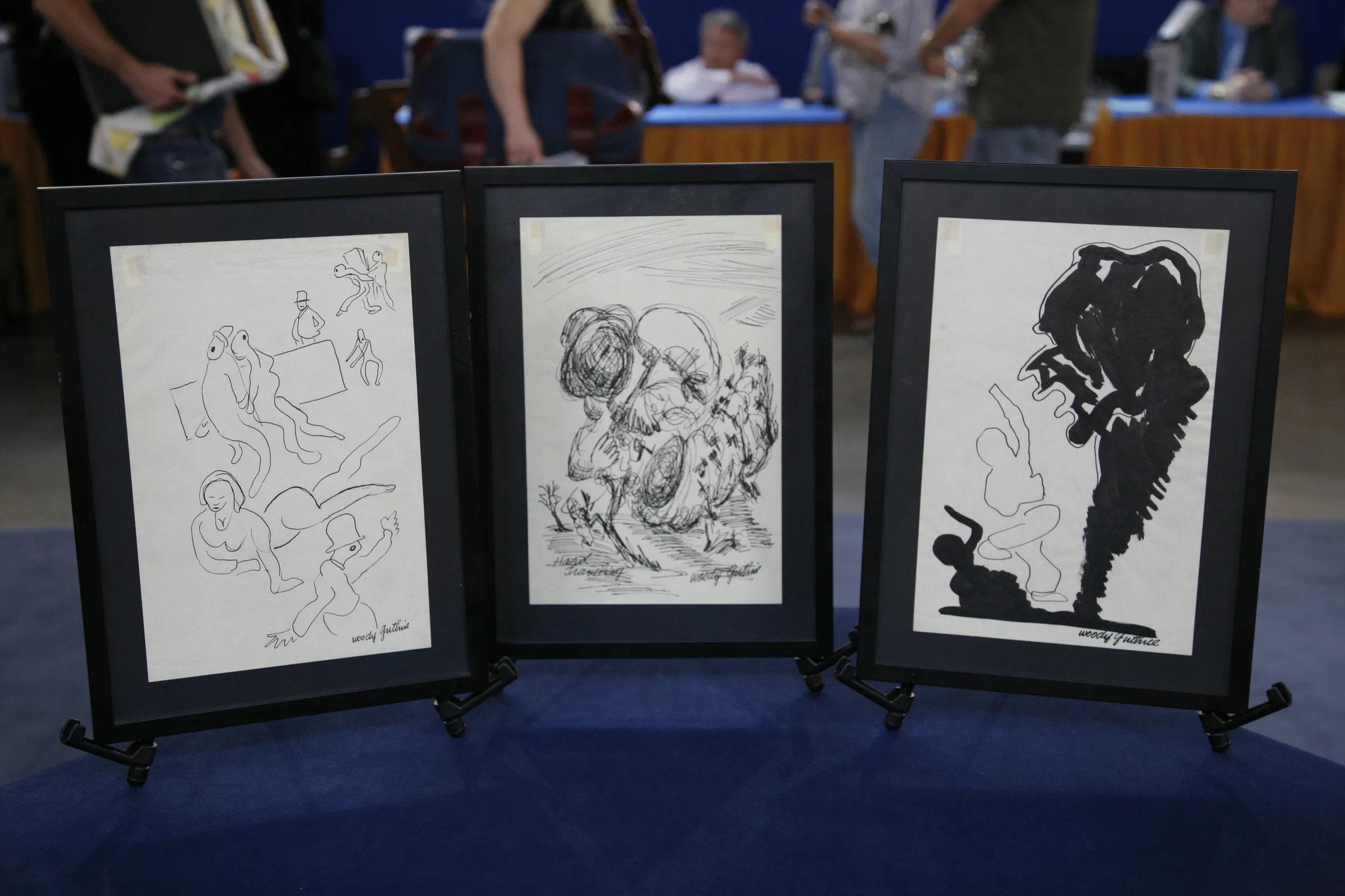
appraisal
Understanding Our Appraisals
Placeholder
